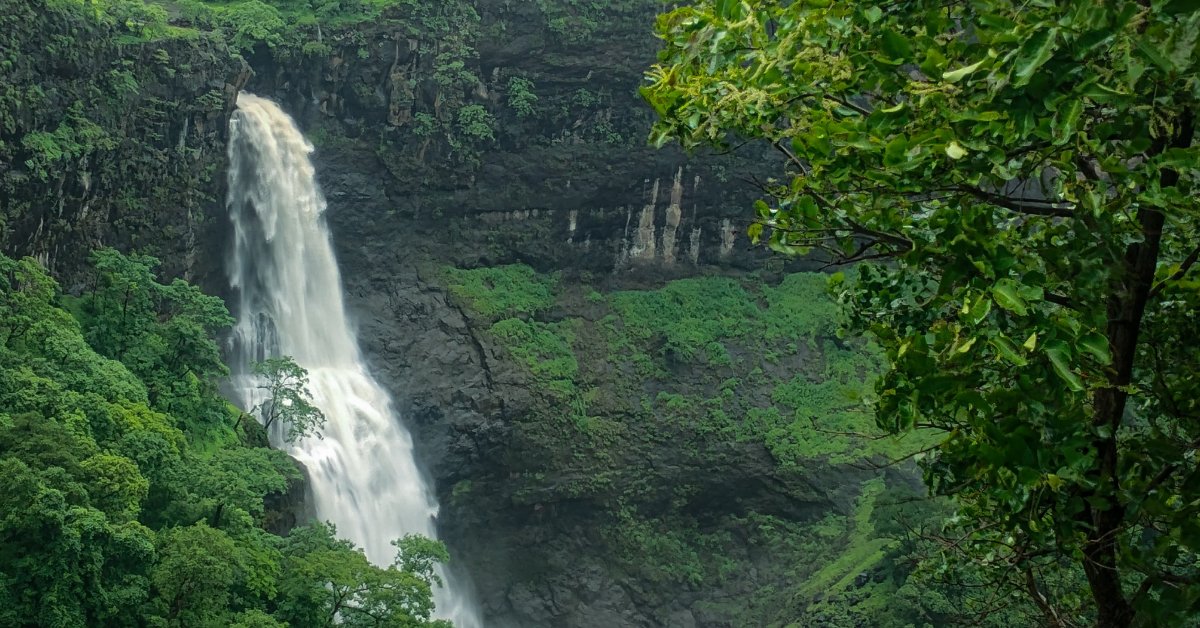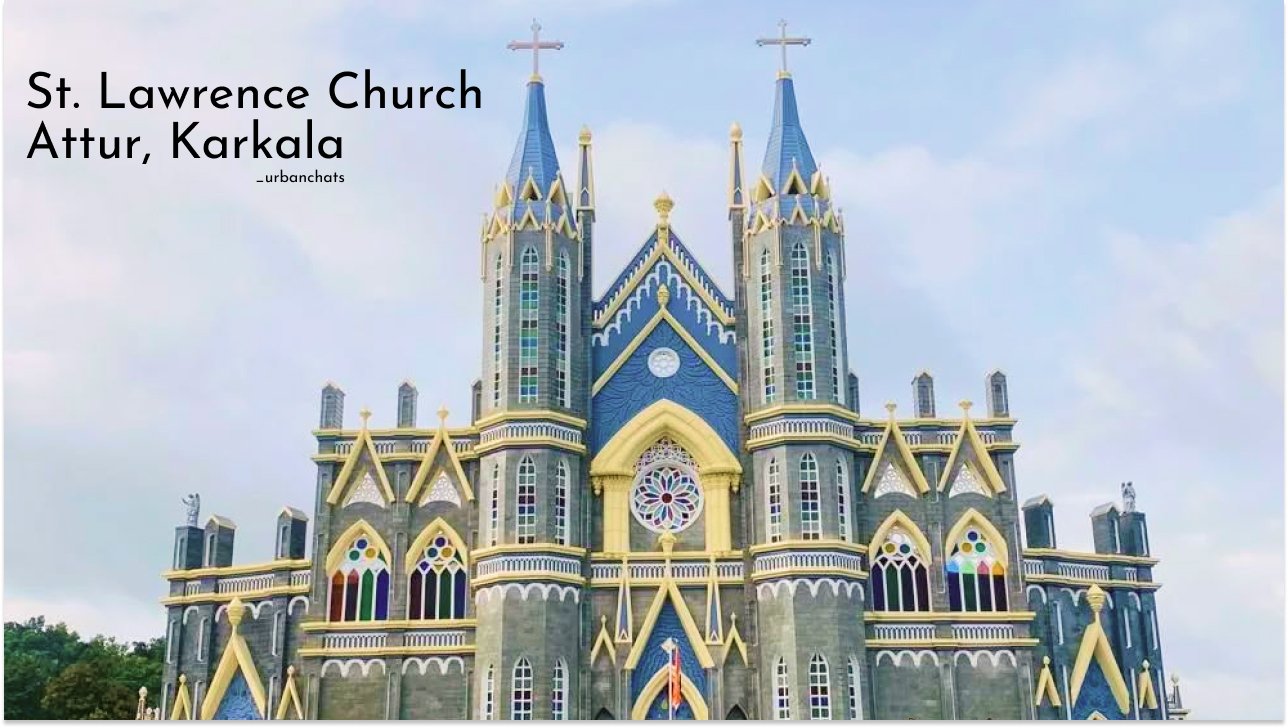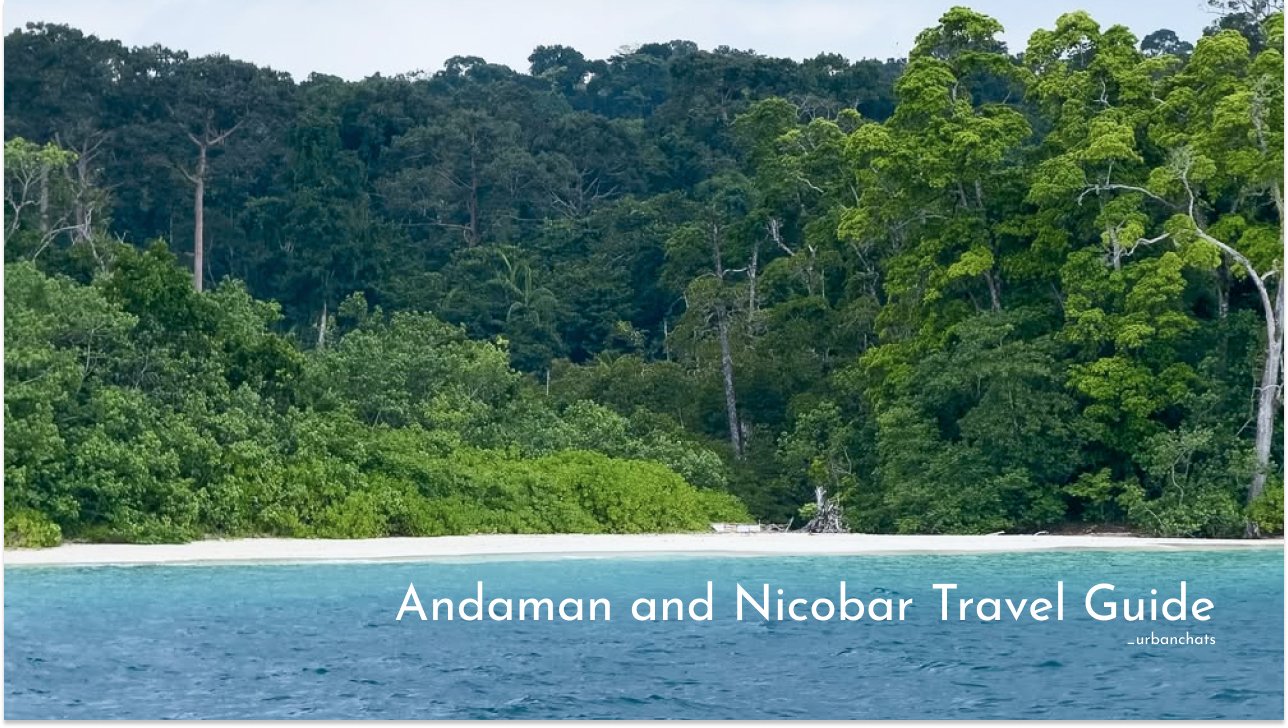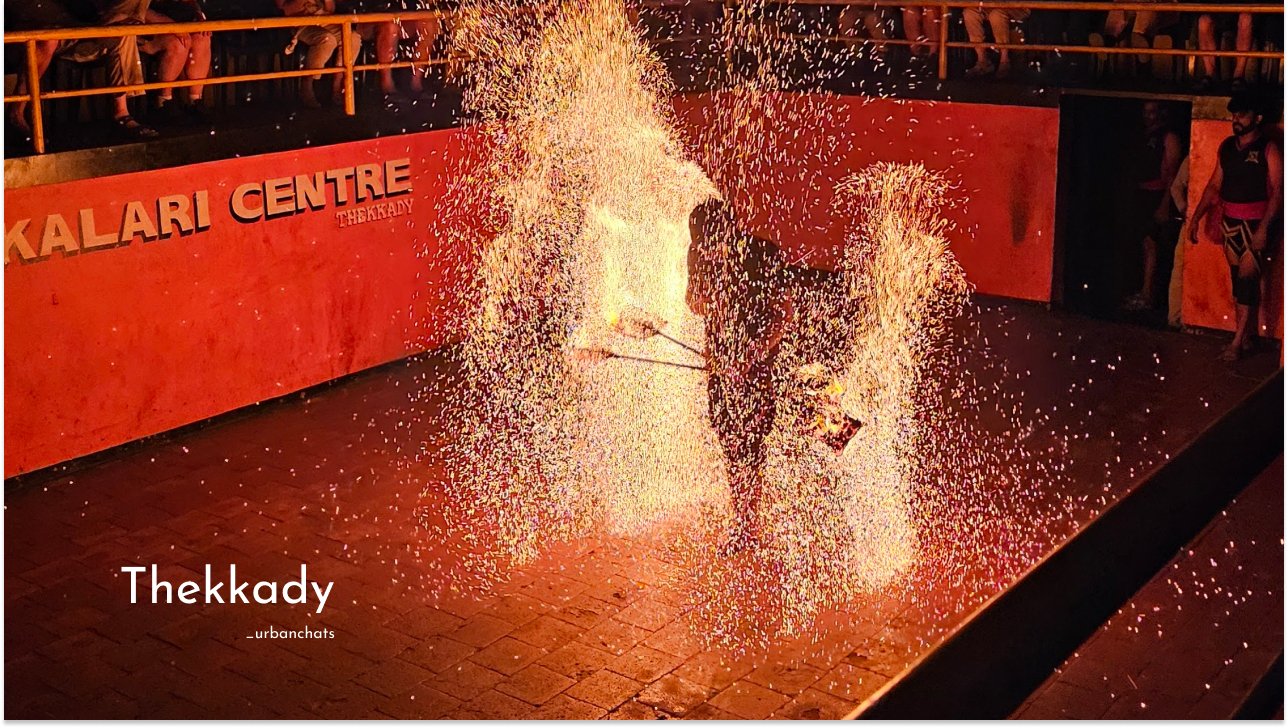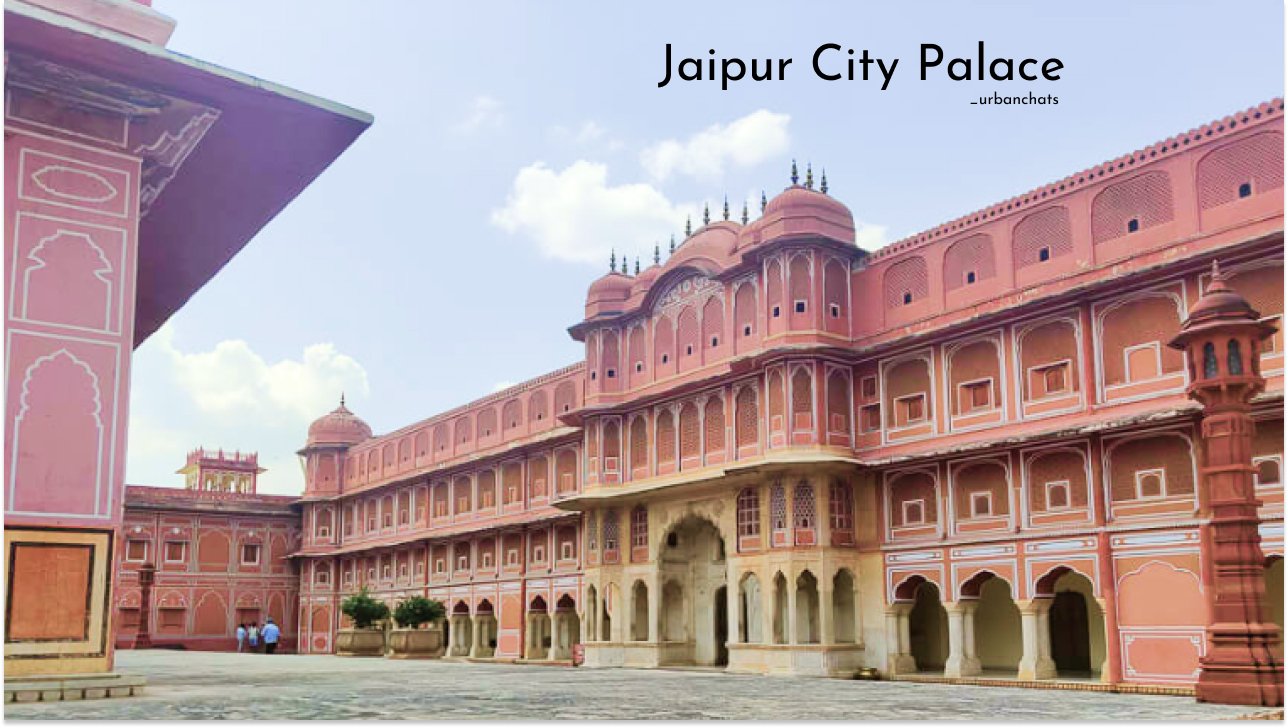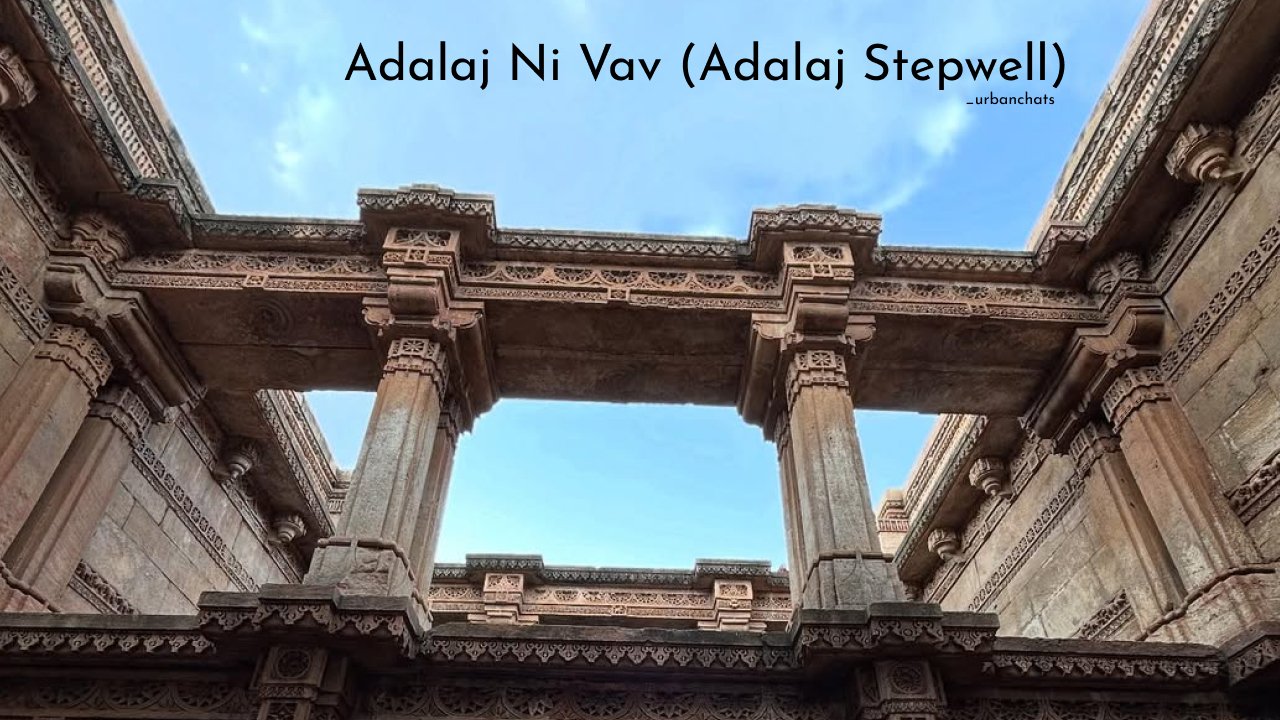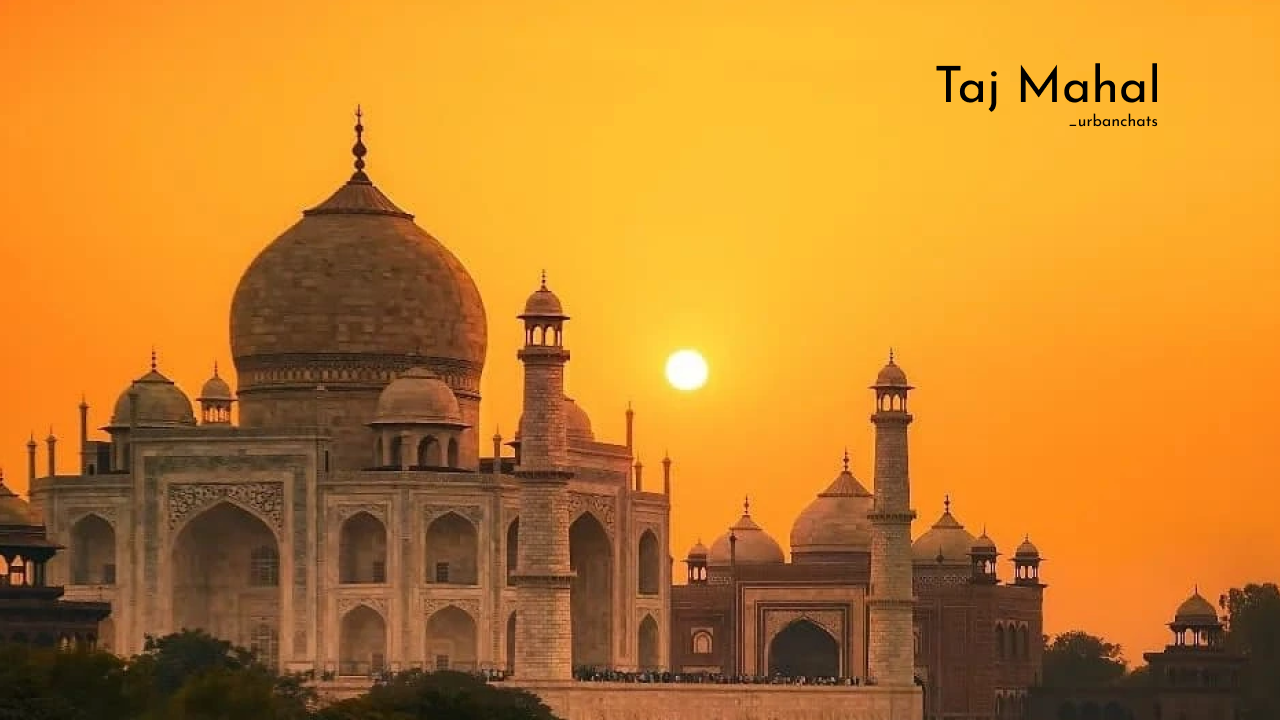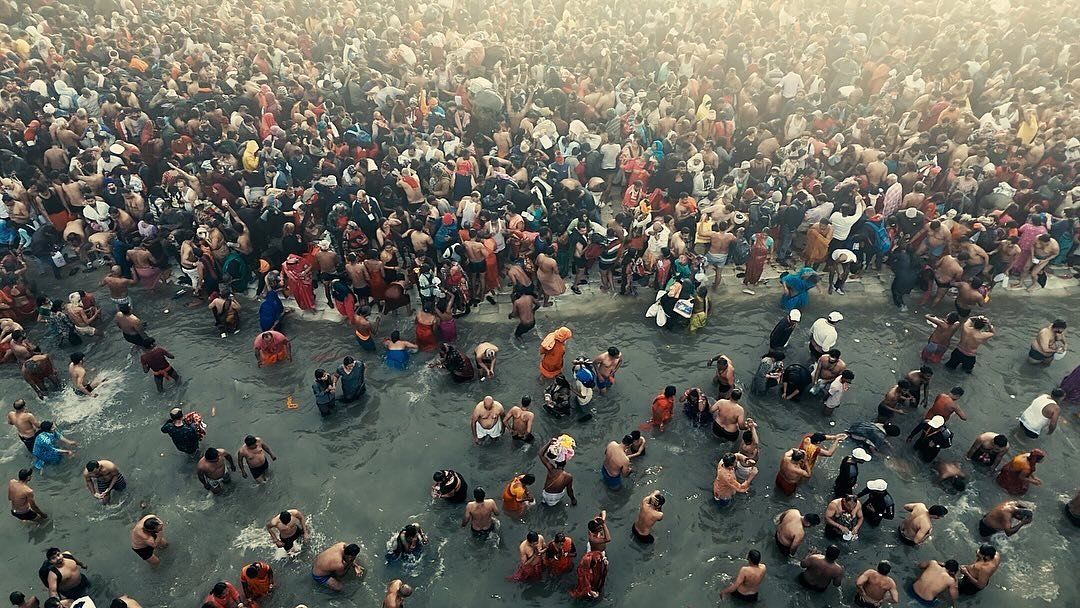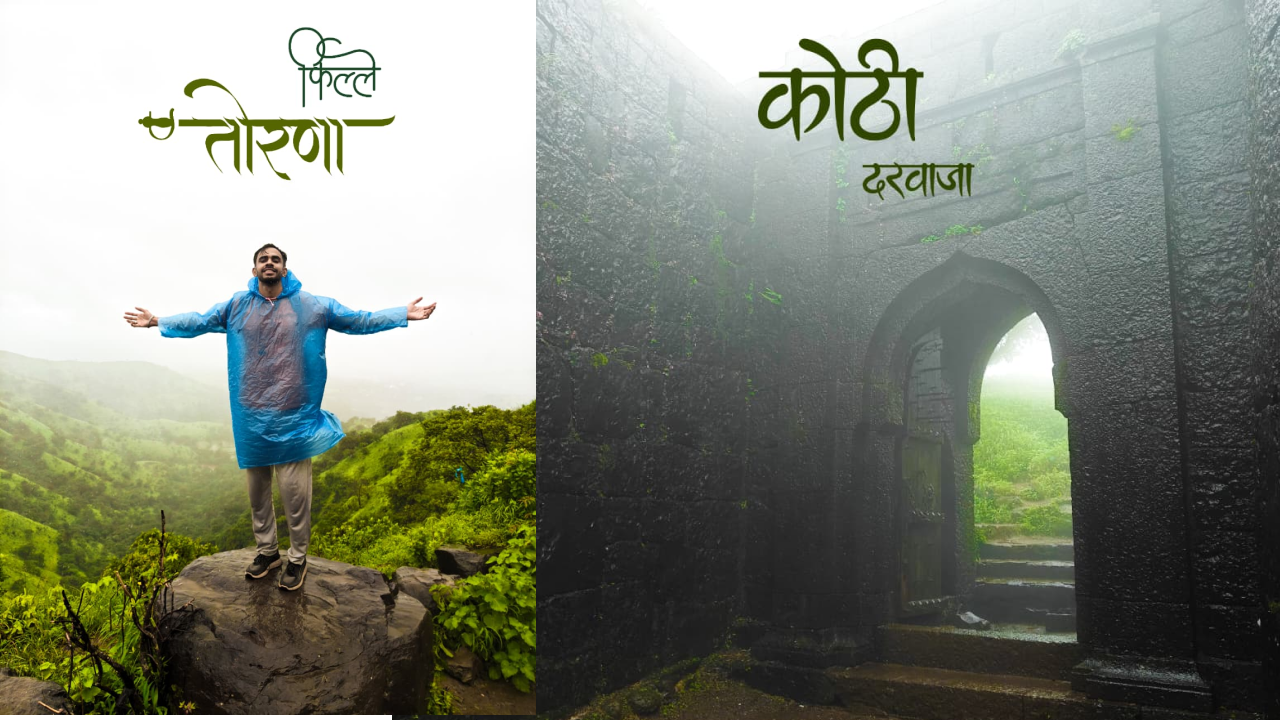Hi, I am Dhanwant, a passionate travel enthusiast from Nashik who recently embarked on an unforgettable journey to Dugarwadi Waterfall. Accompanied by my active friends, I set out to explore this hidden gem, and the experience left me refreshed and inspired. The trip took about 2 hours from Nashik, and along the way, a sudden rain shower left me wet even before reaching the waterfall. I parked my vehicle in the base village of Sapgon on NH-848, just 4 km from Trimbakeshwar, and treated myself to a steaming cup of tea at a roadside hotel. Sipping the warm tea filled me with joy, preparing me for the adventure ahead. From there, I trekked 500–800 meters downhill to the waterfall a walk that revealed stunning views. The sight of the cascading water was breathtaking; I snapped some photos, played in the pool, and sat mesmerized by the flow. After spending 3 joyful hours, I returned to Sapgon, enjoyed hot kanda bhajis, and drove back to Nashik with a heart full of memories. This guide, drawn from my experience, will help you plan your own visit to Dugarwadi Waterfall, covering how to reach it, what to expect, and tips to make your trip unforgettable.
Why Dugarwadi Waterfall Stands Out
Dugarwadi Waterfall, nestled near Trimbakeshwar in Nashik district, is a natural wonder that captivates visitors with its milky white cascades and lush surroundings. Often called Dudhsagar Falls (meaning “Sea of Milk” in English), this two-tiered waterfall drops approximately 300–450 feet, depending on the season, into a serene pool surrounded by the Sahyadri forest. The area blooms with beauty during the monsoon, when the water flows with full force, and the dense greenery transforms the landscape into a visual retreat. Unlike crowded tourist spots, Dugarwadi remains relatively unexplored, offering a peaceful escape for nature lovers, trekkers, and adventure seekers. Its proximity to Nashik about 30–40 km makes it an ideal day trip, while its location near Trimbakeshwar adds a spiritual dimension, with the famous Jyotirlinga temple just 8 km away.
The waterfall’s charm lies in its untouched beauty and the thrill of the trek. The downhill walk from the parking area to the base is an adventure in itself, with slippery paths and stunning vistas that reward every step. Whether you’re splashing in the pool, capturing photos, or simply soaking in the tranquility, Dugarwadi offers a perfect blend of excitement and relaxation. My own visit during the rains highlighted its raw appeal despite getting wet early, the experience was worth every moment.

How to Reach Dugarwadi Waterfall: A Step-by-Step Guide
Reaching Dugarwadi Waterfall requires a mix of road travel and a short trek, and my journey offers a firsthand perspective on the process. Here’s how you can get there from Nashik or beyond:
- Starting Point: Nashik to Trimbakeshwar
The journey begins in Nashik, the wine capital of India, located about 30–40 km from Dugarwadi. The most common route is via NH-848 toward Trimbakeshwar, a sacred town known for its Shiva temple. The drive takes approximately 1–1.5 hours, depending on traffic, covering a distance of 28–38 km. I took around 2 hours due to the rain slowing us down, but the scenic Sahyadri hills and occasional waterfalls along the way made it enjoyable. Public transport options include MSRTC buses from Nashik Central Bus Stand to Trimbakeshwar, costing ₹50–₹100, with frequent services. - Trimbakeshwar to Sapgon
From Trimbakeshwar, Dugarwadi is about 8 km away. Continue on NH-848 toward Sapgon, a small village that serves as the base for the waterfall. The drive from Trimbakeshwar to Sapgon takes around 15–20 minutes, though the last 2–4 km of the road can be narrow and bumpy, especially during the monsoon. I parked my vehicle near Sapgon, where locals manage a parking area expect a small fee of ₹50, as I experienced. Taxis or auto-rickshaws from Trimbakeshwar to Sapgon are available for ₹100–₹200, or you can hire a local guide for assistance. - Trek to the Waterfall
The final leg involves a 500–800 meter downhill trek from the parking area in Sapgon to the waterfall. The path winds through dense forest, with muddy and rocky sections that can be slippery during rains my wet shoes proved this challenge! The walk takes 15–30 minutes, depending on your pace and the weather. There’s no mobile network in the area, so it’s wise to plan ahead. The best viewpoint is about 1 km from the start, but adventurous trekkers can go further to the base for a closer experience. - Alternative Routes
If coming from Mumbai (about 177 km) or Pune (around 200 km), take the Mumbai-Nashik Highway (NH61) and connect to NH-848 via Trimbakeshwar. The drive from Mumbai takes 4–5 hours, passing toll plazas like Khambatki Ghat (₹45–₹80), while Pune is a 5–6 hour journey. Trains to Nashik Road Station or Igatpuri Station, followed by a taxi or bus to Trimbakeshwar, are viable options for those avoiding long drives.
My rainy drive and trek underscored the importance of preparation—good footwear, a sense of direction, and a willingness to embrace the elements are key. The tea stop in Sapgon was a lifesaver, offering warmth and a chance to connect with friendly locals.
Exploring Dugarwadi Waterfall: What to Expect
Dugarwadi Waterfall is a sensory delight, and my visit revealed its many facets. The waterfall cascades down a rugged cliff, its milky appearance caused by mineral-rich water and foam, creating a dramatic contrast against the green backdrop. During the monsoon, the flow intensifies, reaching heights of 300–450 feet, though it may reduce to a trickle in drier months. The surrounding Sahyadri forest is alive with chirping birds, rustling leaves, and the occasional glimpse of wildlife, making it a paradise for photographers and nature enthusiasts.
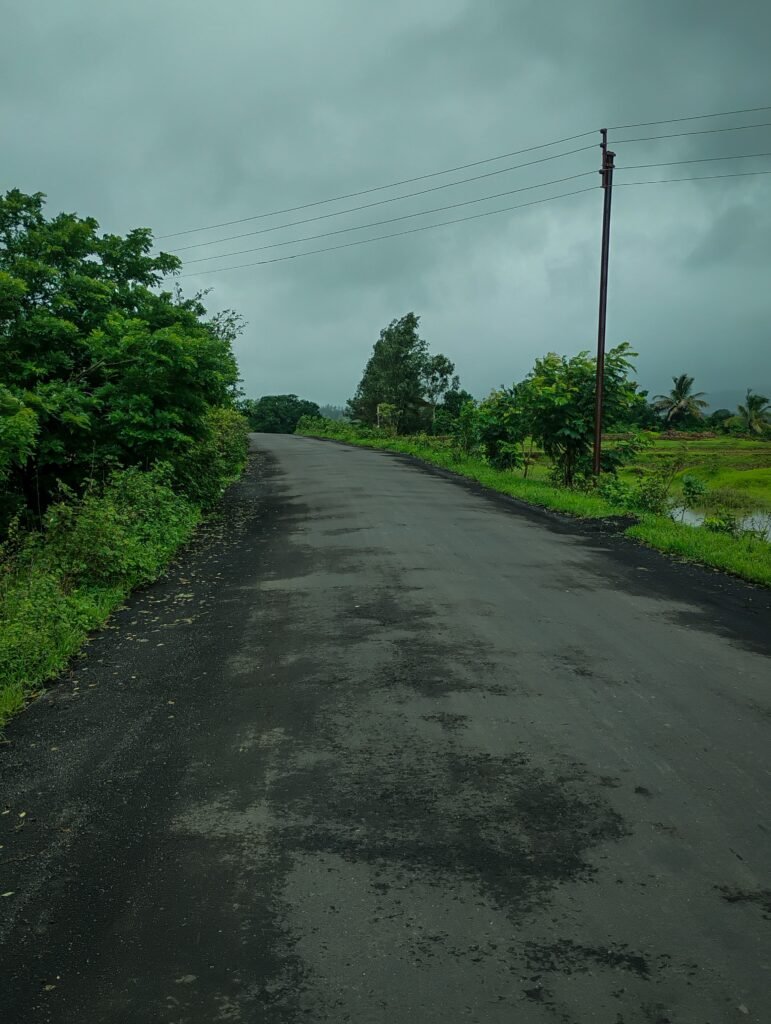
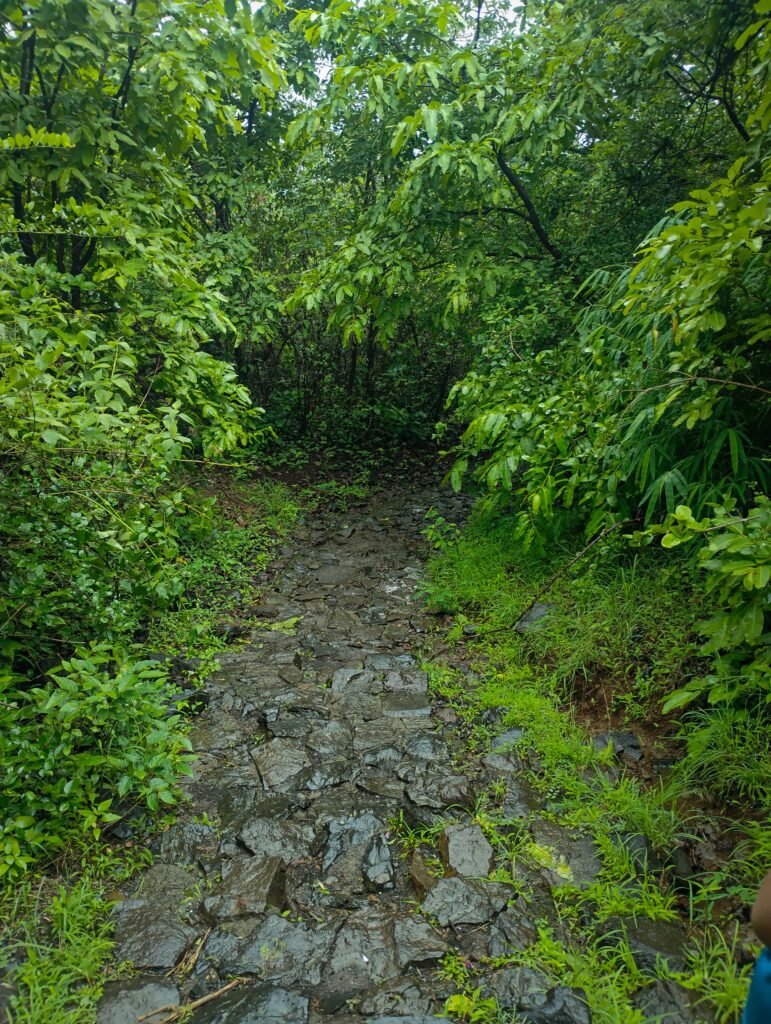
The trek down offers multiple viewpoints, with the best spot about 1 km from the parking area providing a panoramic view of the falls. For a closer encounter, descend to the base where a small pool invites you to wade or splash my friends and I couldn’t resist playing in the water! The area is ideal for picnics, with flat rocks to sit on and enjoy the sound of the cascade. However, the lack of security and sparse crowds mean it’s best visited in groups, especially for safety on slippery paths.
The monsoon enhances Dugarwadi’s allure, but it also brings challenges. Sudden water level rises, as I witnessed, can make the terrain hazardous. The absence of mobile coverage adds to the isolation, so carrying essentials like water and a first-aid kit is crucial. My 3-hour stay was filled with photo sessions, water play, and quiet moments by the falls, leaving me refreshed and eager to return.
Best Time to Visit Dugarwadi Waterfall
The ideal time to visit Dugarwadi Waterfall is during the monsoon season, from June to September, when the waterfall is in full flow, and the surrounding greenery is at its peak. This is when I made my trip, and the rain-soaked landscape amplified the experience, though it also made the trek slippery. The water’s milky hue and the forest’s vibrancy are most pronounced during this period, attracting trekkers and picnickers. Timings are flexible, from sunrise to sunset, with a visit duration of 2–3 hours sufficient to explore and relax.
Outside the monsoon, from October to May, the waterfall may dry up or flow minimally, offering a quieter visit but less dramatic scenery. Temperatures range from 25°C to 35°C, so light, breathable clothing is recommended year-round, with rain gear essential during the wet season. My rainy adventure highlighted the need for caution check weather forecasts and avoid heavy rain days to ensure safety.
Things to Carry for Your Dugarwadi Trip
Based on my experience, here’s a list of essentials to pack for a comfortable visit:
- Clothing: Quick-dry shirts, a raincoat or poncho, and a spare set of clothes my wet journey taught me this lesson!
- Footwear: Sturdy trekking shoes with good grip to handle muddy paths.
- Essentials: Reusable water bottle, sunscreen, mosquito repellent, basic first-aid kit, torch, and power bank (due to no network).
- Food and Drinks: Snacks like nuts or sandwiches, and cash for local tea or bhajis, as I enjoyed in Sapgon.
- Gear: Waterproof camera or phone cover for photos, and a small backpack to keep hands free.
These items ensured I stayed safe and captured the moment, from my tea break to the waterfall’s stunning views.
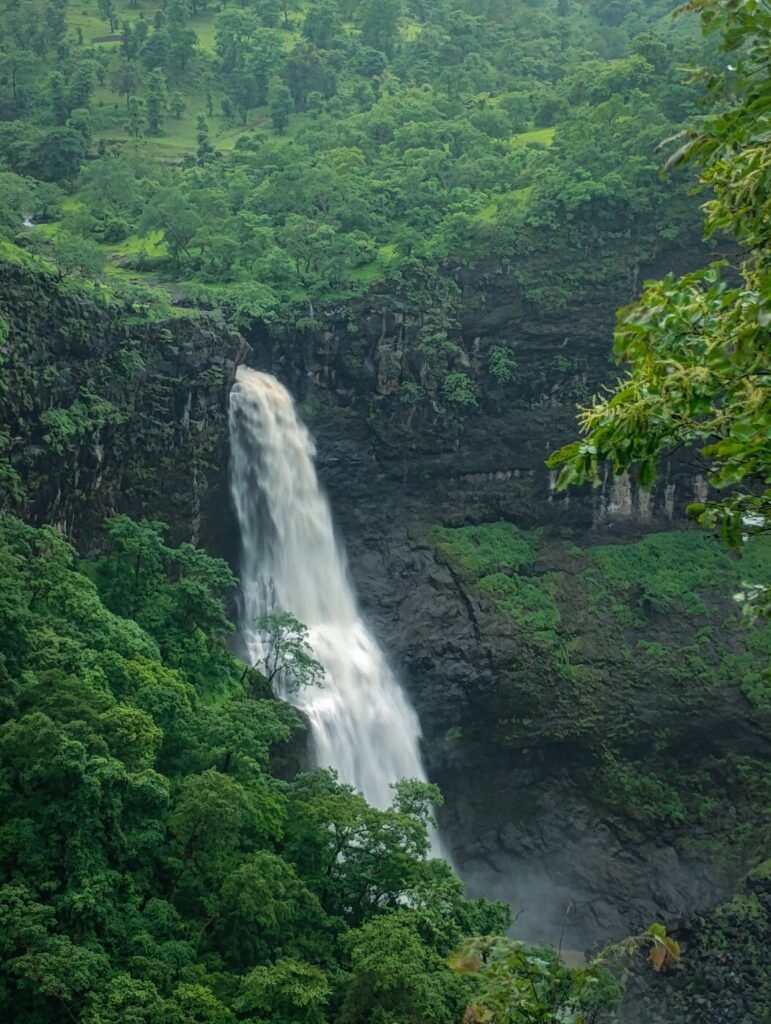
Precautions to Ensure a Safe Visit
Safety is paramount at Dugarwadi, especially given its remote location. Here are key precautions based on my observations:
- Weather Awareness: Monsoon rains can cause sudden water level rises and landslides. Avoid visiting during heavy downpours, and check local updates.
- Trekking Safety: The downhill trek is slippery use trekking poles if needed, and travel in a group of 4–5 for support, as recommended by locals.
- Wildlife and Litter: Monkeys may snatch food, so secure your belongings. I noticed some litter, so carry back all waste to preserve the site.
- Health: Stay hydrated and carry ORS packets for the trek. The lack of network means no quick medical help, so plan accordingly.
My group experience reinforced the value of companionship and preparedness, turning a potential challenge into a joyful adventure.
Backpack Packing Tips for Dugarwadi
Packing smart enhances your trip, as I learned during my visit. Use a 20–30L waterproof backpack, placing heavier items like clothes at the bottom and essentials like water and first-aid at the top. Distribute weight evenly with adjustable straps, and test the fit before starting. Use plastic bags to protect electronics from rain, a tip I wished I’d followed more diligently. Keep the pack light to manage the downhill trek comfortably, ensuring you’re ready for the 500–800 meter walk.
Travel Tips for an Unforgettable Experience
- Budget: Expect ₹200–₹500 per person for transport, parking (₹50), and snacks, making it an affordable day trip.
- Transport: Book a taxi or use your vehicle for flexibility. Public buses to Trimbakeshwar are reliable, with autos available to Sapgon.
- Local Cuisine: Savor hot tea and kanda bhajis in Sapgon, a treat I relished after the trek.
- Photography: Capture the milky cascade and forest views my photos are some of my best yet!
- Respect Nature: Follow “leave no trace” principles, disposing of waste responsibly to protect this gem.
My Travel Gear for Epic Adventure
The right gear can level up any trip, and here’s what I packed to make my journey smooth and fun. These essentials kept me ready for everything from city streets to outdoor trails – check out my faves and why they rocked!
- TRAWOC VALOR MAX 75 Ltr Backpack: This 75-liter beast (79 x 32 cm) was my go-to for carrying all my stuff. The adjustable straps were comfy, and the weather-resistant material plus rain cover kept my gear dry. With a laptop and shoe compartment, it’s stylish and super organized. My experience? Total game-changer for long trips!
- One Plus 12R: Snapped killer pics with this phone’s awesome camera – vibrant colors and crisp details. The long battery life lasted all day, perfect for non-stop exploring. It made capturing memories a breeze!
- DJI Osmo SE Gimbal: My videos went from shaky to pro with this lightweight gimbal. Easy to use, it gave me smooth, cinematic clips of bustling markets and scenic trails. Loved it for vlogging!
- Amazon Basics Polyester Tent (3-Person): This tent was a dream for camping – quick to set up with shock-corded poles, airy with a mesh window, and weatherproof with a rainfly. Lightweight and sturdy, it was perfect for outdoor vibes.
- Agoda & Booking.com: Found budget-friendly hotels with great amenities using these platforms. Easy to compare deals and book stays that fit my vibe – my go-to for affordable, comfy lodging!
These picks made my adventure hassle-free and fun. Grab similar gear, and you’re set for any trip!
Nearby Attractions to Enhance Your Trip
Dugarwadi’s location near Trimbakeshwar opens up additional exploration opportunities:
- Trimbakeshwar Temple: Just 8 km away, this Jyotirlinga site offers spiritual solace with its ancient architecture and Kushavarta Kund.
- Harihar Fort: A 10 km trek from Trimbakeshwar, perfect for adventure seekers with its steep climbs and historic ruins.
Combining these with Dugarwadi creates a rich day or weekend itinerary, blending nature and culture.
Why Dugarwadi Waterfall Left a Lasting Impression
My visit to Dugarwadi Waterfall was a soul-refreshing escape. The rain, the trek, the tea, and the waterfall’s beauty combined to create a memory I’ll cherish. As a Nashik native, I’ve explored many local spots, but Dugarwadi’s untouched charm stands out. It’s a place where nature’s power and peace coexist, offering a reset from city life. Whether you’re a trekker, photographer, or simply seeking tranquility, this waterfall delivers.
For more Nashik adventures, check out my guide to Brahmagiri Trek. Have you visited Dugarwadi or plan to? Share your story in the comments I’d love to hear from you!
